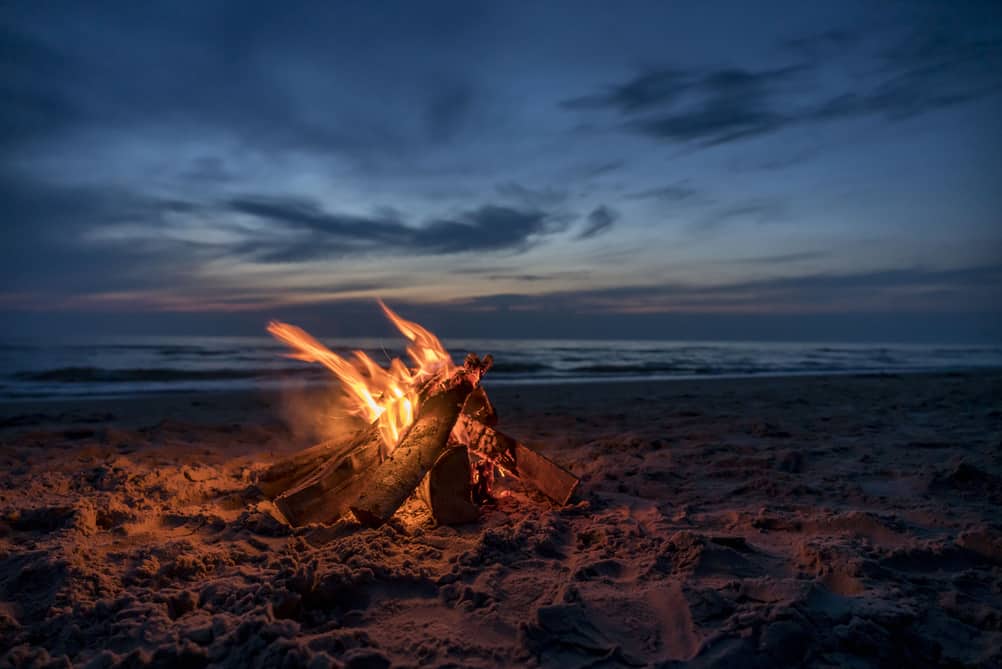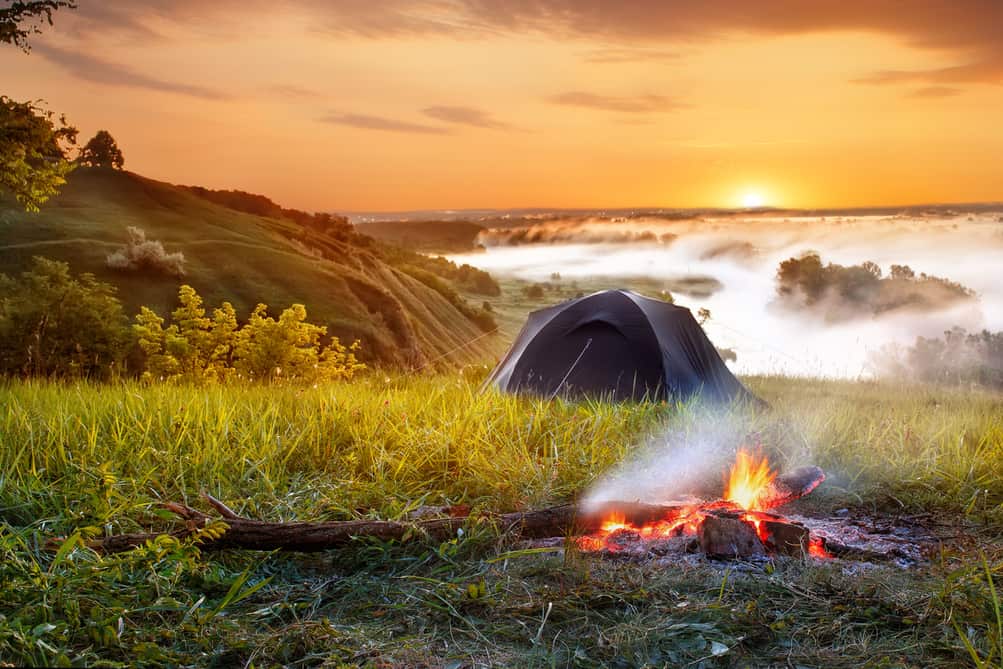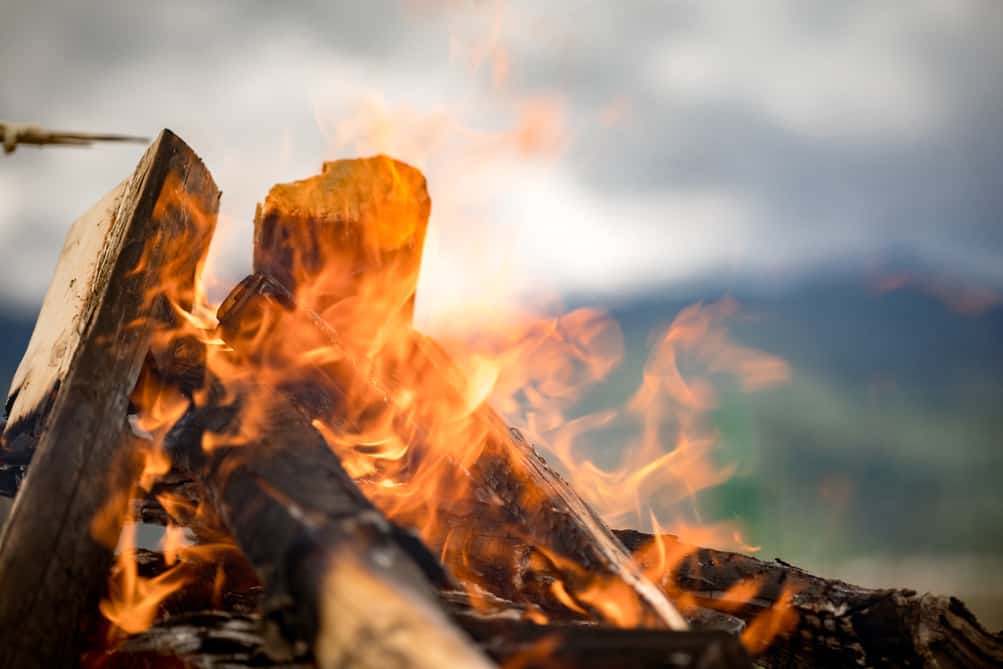Choosing the best firewood for camping is crucial for a safe, efficient, and enjoyable campfire experience. The right wood ensures easy ignition, steady heat, minimal smoke, and environmental responsibility.
This guide will help you confidently select the perfect firewood for your next camping adventure—whether you’re cooking, staying warm, or simply enjoying the outdoors.
Key Takeaways
- Select seasoned hardwoods for longer, hotter, and cleaner-burning campfires.
- Use softwoods only for kindling to start your fire quickly and efficiently.
- Always buy local or kiln-dried firewood to prevent the spread of pests and diseases.
- Avoid green, resinous, or treated wood, which produces excess smoke and can be hazardous.
- Store firewood off the ground and covered to keep it dry and ready for use.
Why Firewood Choice Matters for Camping
The type of firewood you use directly affects your camping experience. The best firewood delivers efficient heat, low smoke, and a safer, more enjoyable campfire. Poor choices can lead to frustration, excessive smoke, and even environmental harm.
What Makes Firewood “Good” for Camping?
- Low moisture content: Burns hotter and cleaner.
- Dense structure: Lasts longer and provides steady heat.
- Minimal sap/resin: Reduces smoke and creosote buildup.

The Best Types of Firewood for Camping
Hardwoods: The Campfire Gold Standard
Hardwoods are dense, slow-burning, and produce consistent heat—ideal for cooking and warmth.
Top choices:
- Oak: Burns hot and slow, with minimal smoke.
- Hickory: Excellent for both heat and cooking flavor.
- Maple: Provides steady, long-lasting heat.
- Ash: Easy to split and burns well, even when not fully seasoned.
- Beech and Cherry: Offer good heat and pleasant aromas.
Softwoods: Great for Kindling, Not Sustained Fires
Softwoods ignite quickly and are perfect for starting your fire, but burn fast and produce more smoke.
Best uses:
- Pine, fir, cedar: Use as kindling only. Avoid as main firewood due to high sap content.
How to Identify and Prepare Quality Firewood
Seasoned vs. Green Wood
- Seasoned wood: Dried for at least 6–12 months, with less than 20% moisture.
- Green wood: Freshly cut, high in moisture, hard to burn, and smoky.
How to spot seasoned wood:
- Dry, grayish, or cracked ends.
- Lightweight compared to green wood.
- Hollow, sharp sound when knocked together.
Kiln-Dried and Local Firewood
- Kiln-dried: Commercially dried to under 20% moisture—lights easily and burns clean.
- Local firewood: Reduces risk of spreading invasive pests and meets campground regulations.
Firewood to Avoid for Camping
- Green or wet wood: Hard to light, produces smoke and poor heat.
- Resinous woods (pine, spruce, fir): Use only as kindling; they spark and smoke excessively.
- Treated, painted, or construction wood: Releases toxic fumes—never burn these.
- Non-local firewood: Can introduce pests and diseases to new environments.
Storing and Transporting Firewood Safely
- Keep firewood off the ground and covered with a tarp or in a rack.
- Store away from tents and gear to avoid attracting insects.
- Only bring firewood from local sources or buy kiln-dried bundles at your destination.

Firewood Regulations and Environmental Responsibility
- Many parks and campgrounds prohibit collecting wood on-site—always check rules first.
- Buy firewood near your campsite to protect local forests.
- Follow Leave No Trace principles: burn only what you need and fully extinguish fires.
Conclusion
Choosing the best firewood for camping means prioritizing seasoned hardwoods, using softwoods only for kindling, and sourcing wood locally or kiln-dried. Avoid green, resinous, or treated woods for a safer, cleaner, and more enjoyable campfire.
Store your firewood properly, respect local regulations, and practice environmental responsibility. With these tips, you’ll enjoy warm, efficient, and memorable campfires on every camping trip.

Leave a Reply